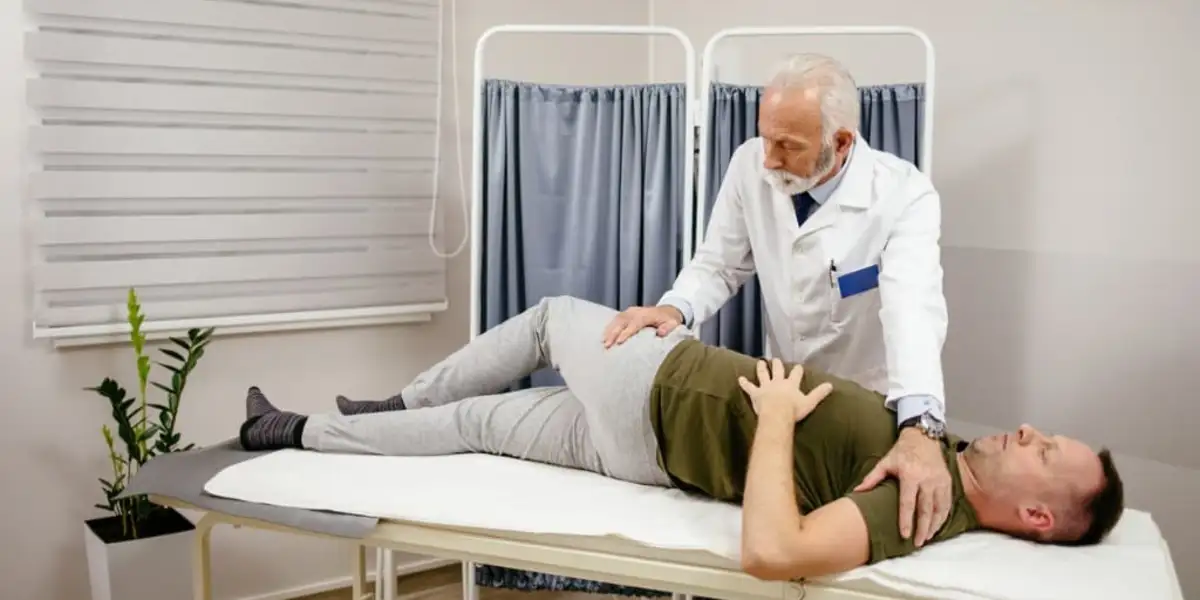Spinal fusion surgery is a significant procedure used to treat various spinal conditions, such as degenerative disc disease, scoliosis, and spinal stenosis. This surgery involves joining two or more vertebrae together to eliminate motion between them, aiming to reduce pain and improve stability. While spinal fusion can be life-changing, recovery and rehabilitation are critical to achieving the best outcomes. This article will explore the recovery process, rehabilitation strategies, and tips for managing the post-operative phase effectively.
The Immediate Post-Operative Phase
The immediate recovery phase begins in the hospital, where patients typically stay for a few days following surgery. During this time, medical staff will monitor vital signs, manage pain, and watch for any potential complications. Pain management is crucial in the early stages, and patients may receive a combination of medications, including opioids, nonsteroidal anti-inflammatory drugs (NSAIDs), and muscle relaxants.
Early mobilization is also a key component of recovery. Within the first 24 hours, physical therapists often encourage patients to get out of bed and start moving, even if it’s just a short walk around the hospital room. This helps prevent complications such as blood clots and aids in the overall recovery process.
The First Few Weeks at Home
Once discharged, the initial weeks at home are crucial for continued healing. Patients must follow their surgeon’s post-operative instructions carefully, which typically include activity restrictions and guidelines for wound care. It is essential to avoid bending, lifting, and twisting, as these movements can put stress on the healing spine.
Managing pain at home continues to be important. Patients should take prescribed medications as directed and may use additional methods such as ice packs or heating pads to alleviate discomfort. Proper nutrition and hydration also play a vital role in recovery, as a well-balanced diet can promote healing and improve energy levels.
The Role of Physical Therapy
Physical therapy is a cornerstone of rehabilitation after spinal fusion surgery. About 4-6 weeks post-surgery, once the initial healing phase has progressed, patients usually begin a structured physical therapy program. This program is tailored to each individual’s needs and focuses on regaining strength, flexibility, and mobility.
Therapists often start with gentle exercises and gradually introduce more challenging activities as the patient progresses. Core strengthening exercises are particularly important because strong core muscles help support the spine and reduce the risk of future issues. Additionally, physical therapy can help improve posture and body mechanics, which are crucial for long-term spinal health.
Long-Term Recovery and Lifestyle Adjustments
Long-term recovery from spinal fusion surgery can take several months to a year. During this time, patients should continue following their physical therapy regimen and gradually increase their activity levels as tolerated. Regular follow-up appointments with the surgeon are essential to monitor the progress of the fusion and address any concerns that may arise.
Making certain lifestyle adjustments can also aid in recovery and prevent future spinal problems. Maintaining a healthy weight, engaging in regular low-impact exercise, and avoiding smoking are all beneficial. Patients should also be mindful of their body mechanics during daily activities to protect their spine.
Conclusion
Recovery and rehabilitation after spinal fusion surgery require a dedicated and proactive approach. From the immediate post-operative phase to long-term recovery, each step is vital for ensuring the best possible outcomes. Following medical advice, engaging in physical therapy, and making necessary lifestyle adjustments are all part of the journey toward improved spinal health. However, it is important to be aware of the restrictions of spinal fusion, such as avoiding high-impact activities and maintaining proper posture, to protect the spine and ensure lasting benefits. With patience and perseverance, patients can achieve significant improvements in their quality of life after spinal fusion surgery.
